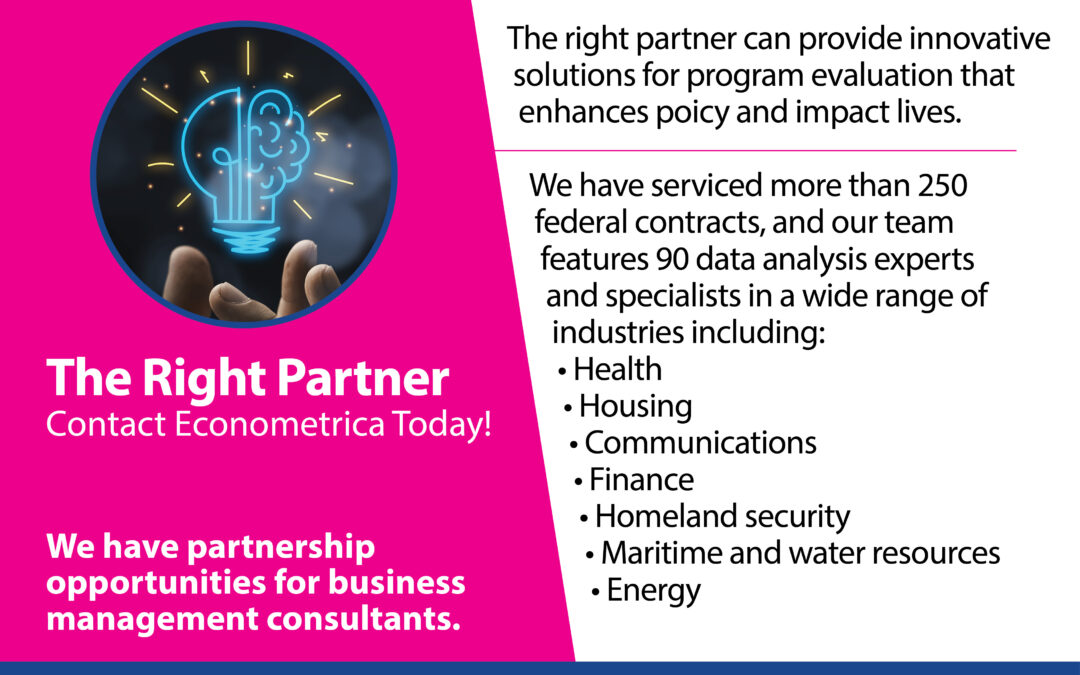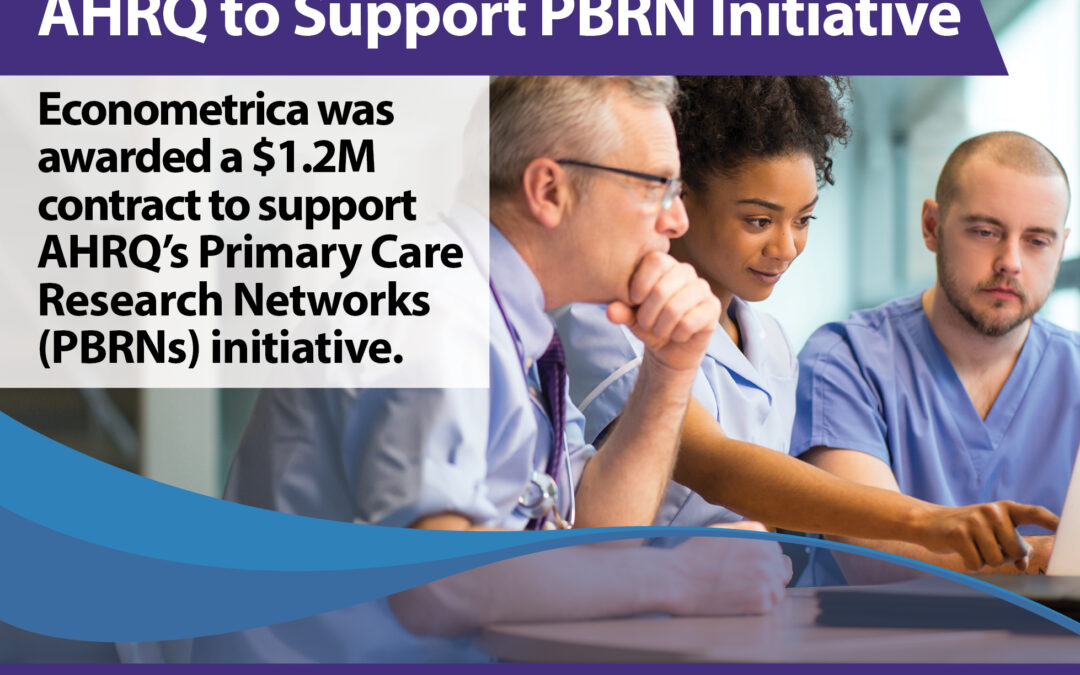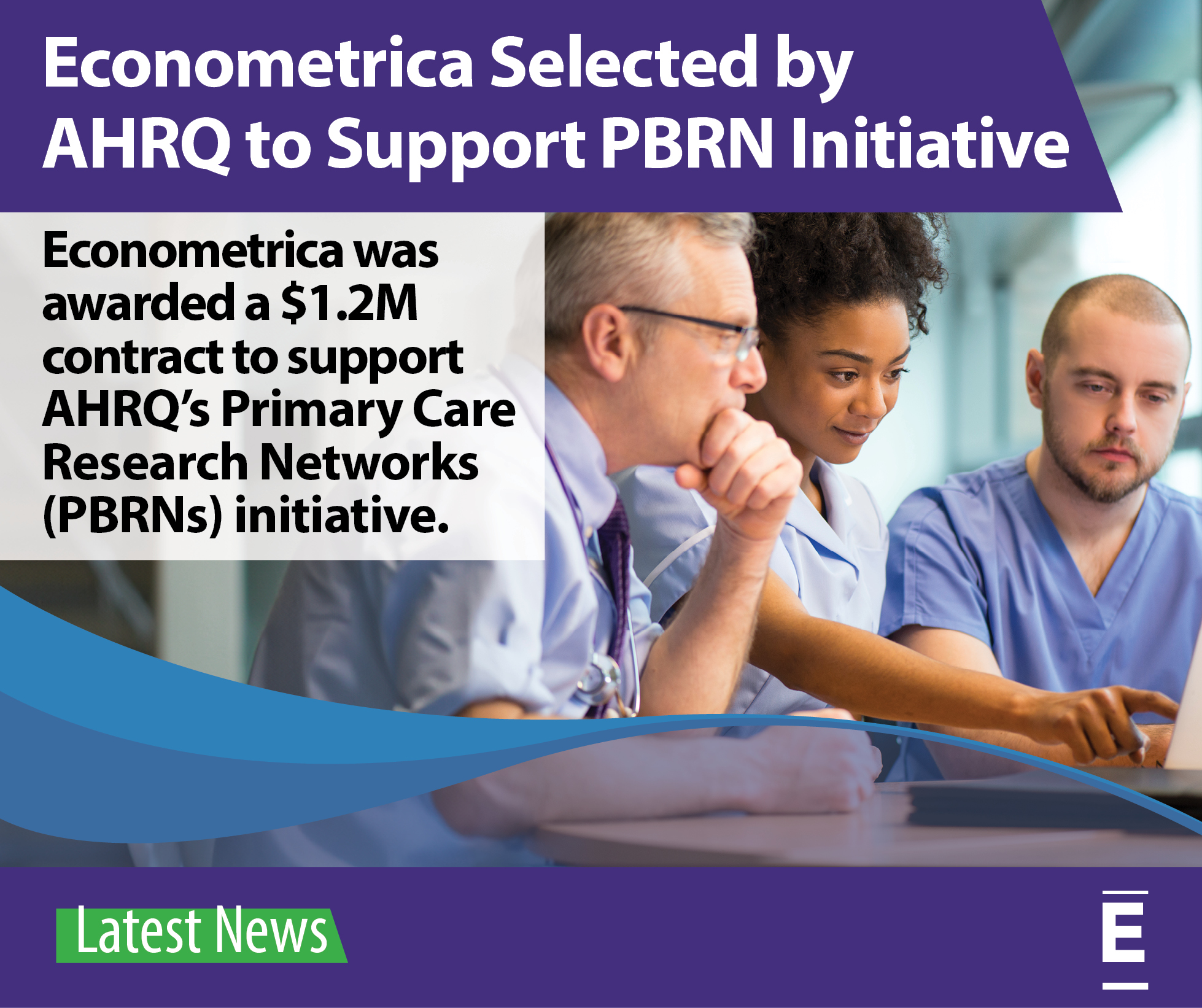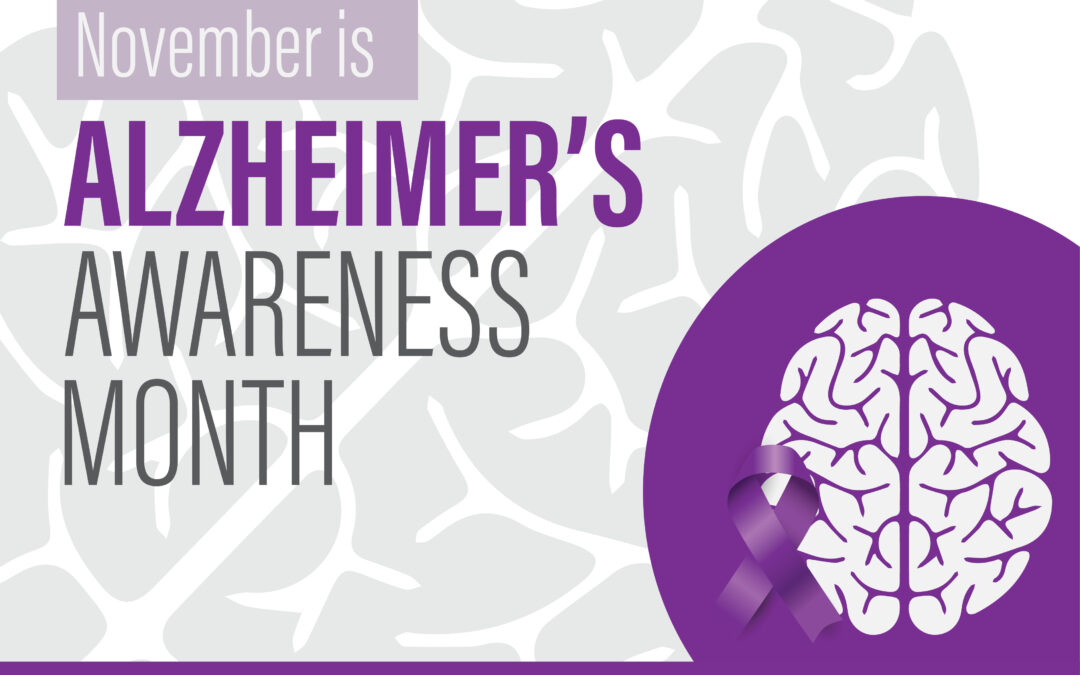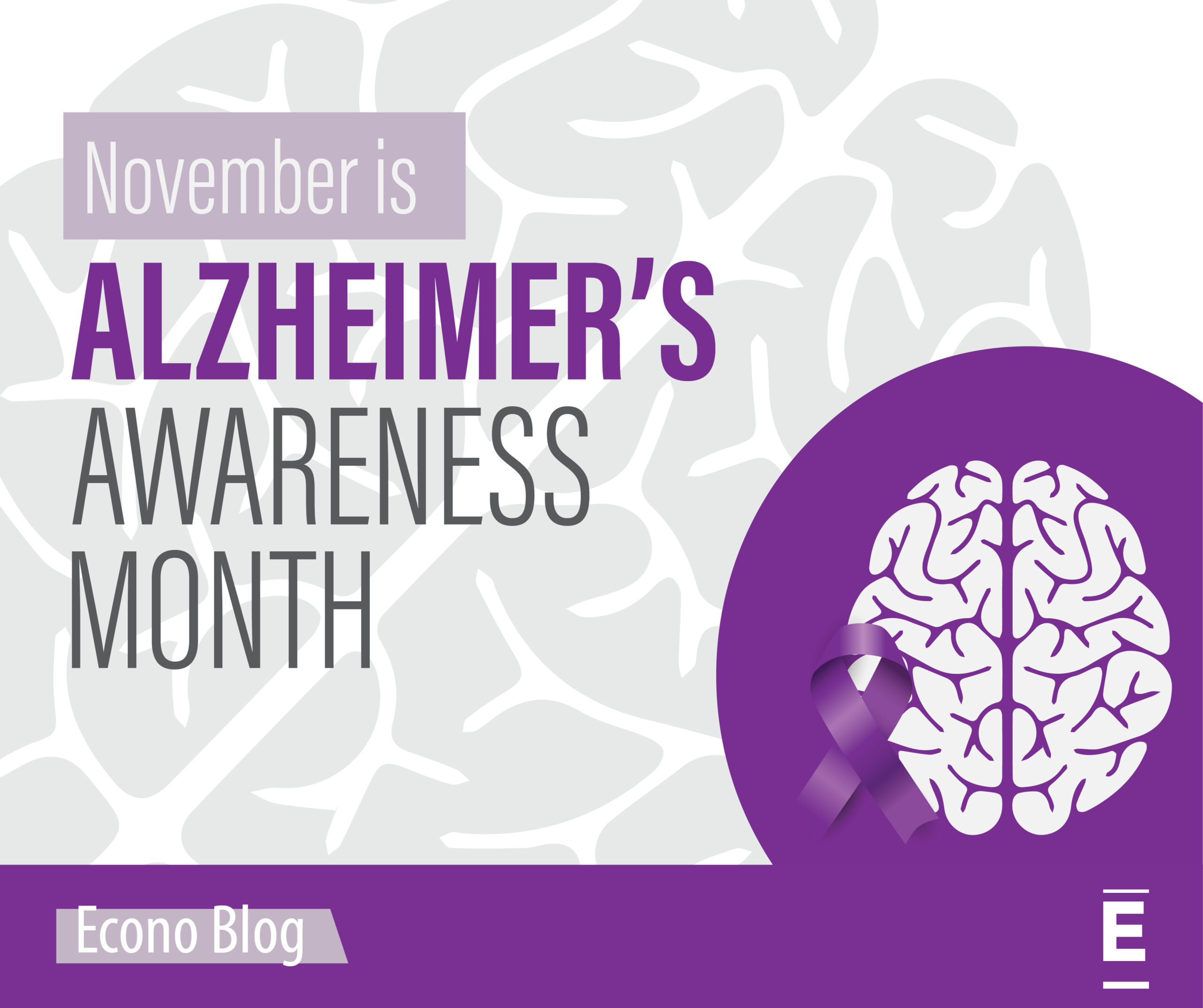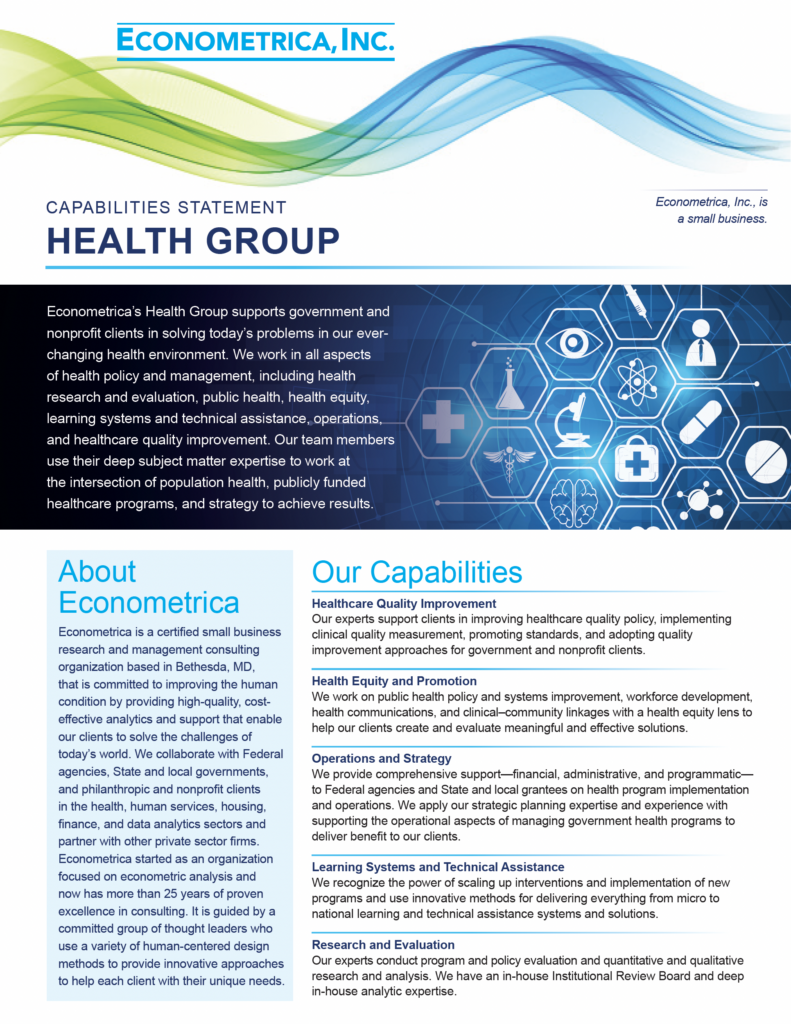
Calling on Healthcare Providers for Their Input

Seeking insights from healthcare providers! Econometrica invites you to share your experiences with Non-Emergency Medical Transportation (NEMT) to help us improve patient care across diverse communities.
Healthcare Providers who have Experience with Non-Emergency Medical Transportation
Exciting Opportunity!
Econometrica is conducting interviews to learn more about health professionals’ experiences with Non-Emergency Medical Transportation (NEMT). We want to learn how you use NEMT to improve your patients’ experiences, what metrics you track, and general information about your experiences with NEMT.
We need your input! We’d like to interview folks in many groups: physicians, nurse practitioners, physician assistants, NEMT administrators. We are looking for people and systems serving vulnerable populations, all regions in the US, and rural and urban settings. Your feedback is invaluable.
If you are available for an interview, please reach out to Jennifer Stoloff at JStoloff@econometricainc.com to schedule a time.
Thank you for your support and participation!
Work With Us, Work for Us
Econometrica specializes in research and management across numerous industries in both the public and private sectors. We are always looking to hire the best and brightest in data science, health, grants management, energy, homeland security, housing and community development, capital markets and finance, and transportation. We work as the lead service provider and also as a capable outsource partner to other consultancies. To work with us on your next project, visit us online and email a member of our executive staff in your preferred specialty. To explore the benefits of working for us, visit our careers page.

